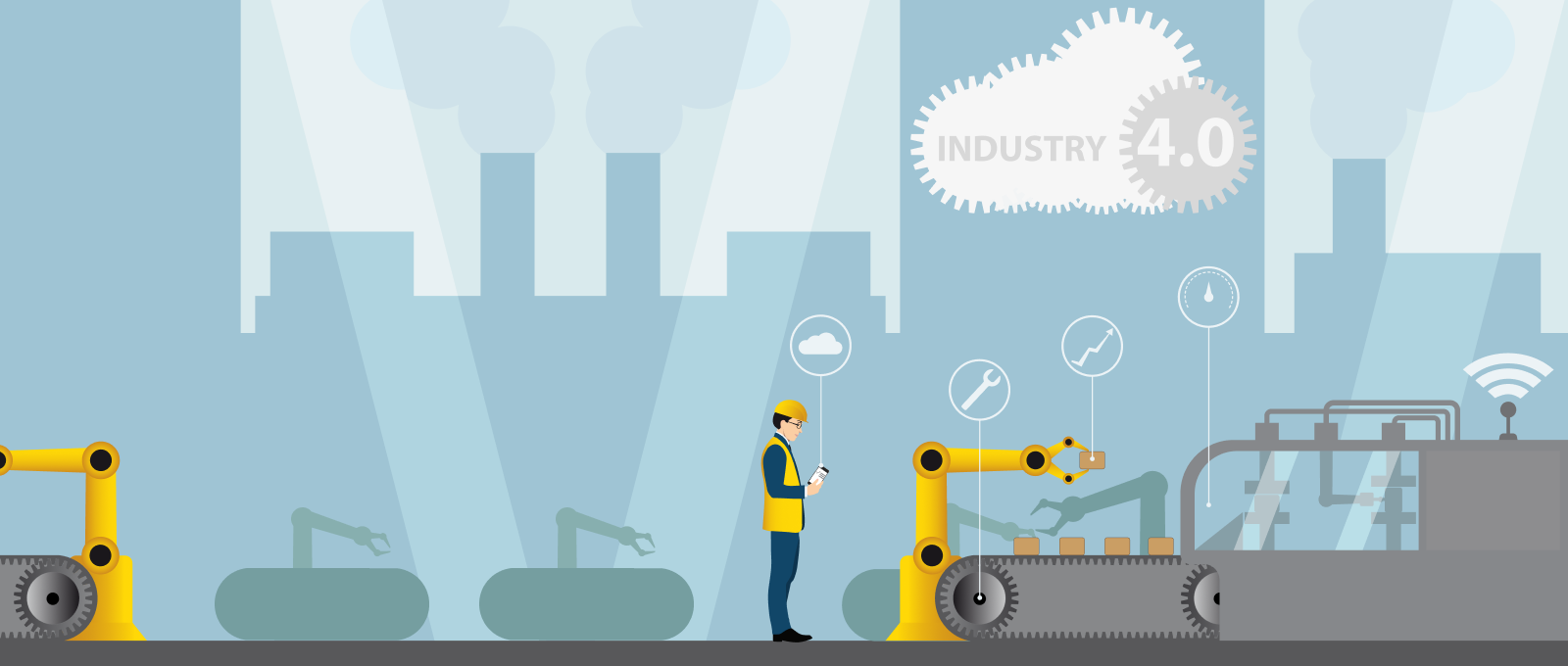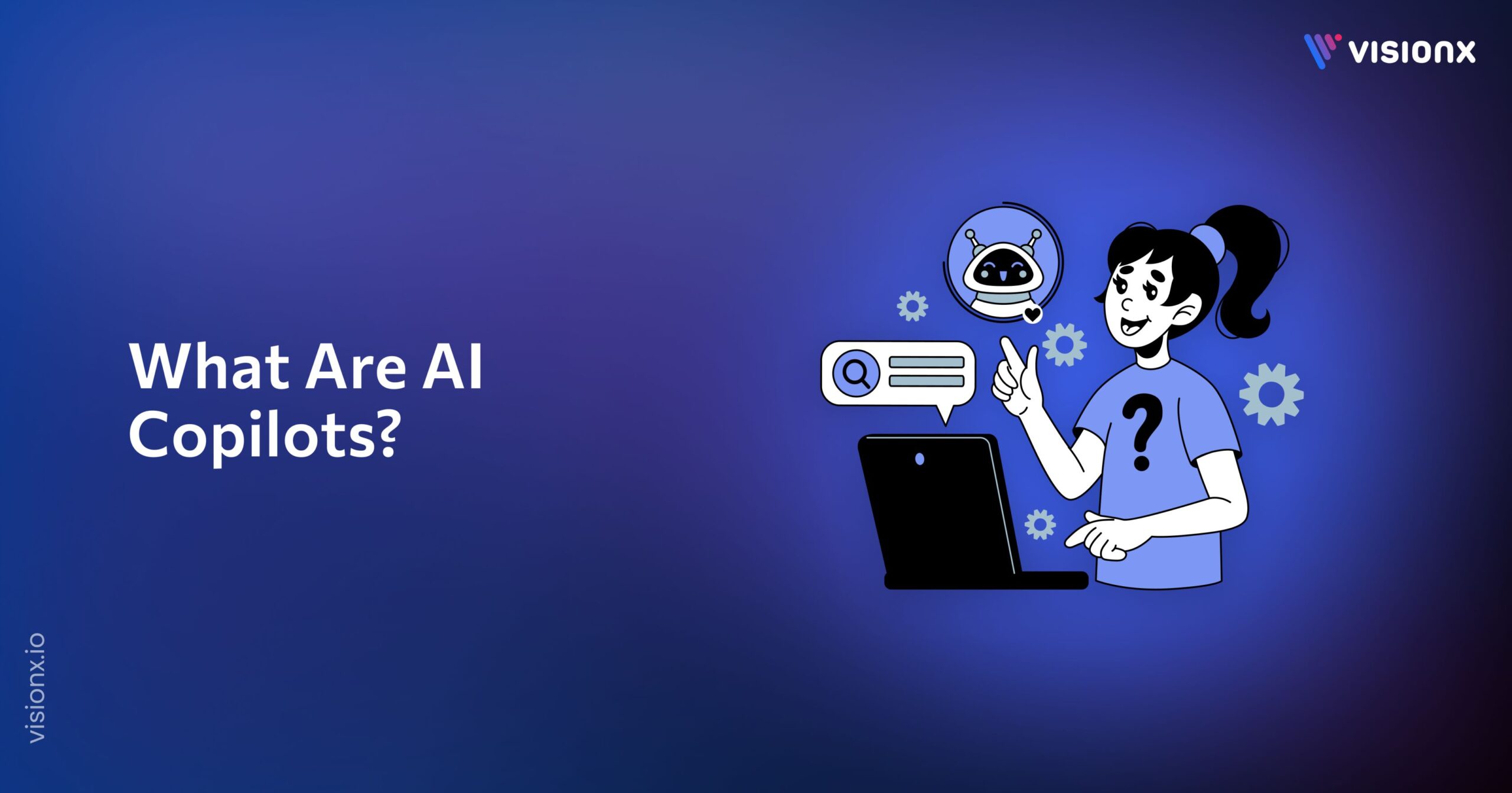Manufacturing is one of the largest industries in the world. It is undergoing rapid transformations, and the Internet of Things (IoT) has become an essential asset.
With the advent of Industry 4.0, businesses embrace technological breakthroughs that enhance their adaptability, innovation, and resilience. From artificial intelligence (AI) to wearable devices and 3D printing, these cutting-edge tools are driving the adoption of IoT in manufacturing sector, promising substantial ROI.
Let’s enter the fascinating journey of IoT in Manufacturing, where the possibilities are boundless.
Applications of IoT in Manufacturing Industry
Condition Monitoring
IoT sensors installed on machines and equipment continuously gather data on parameters like temperature, vibration, and performance. This data is then analyzed to monitor the condition of assets in real time. Manufacturers can proactively schedule maintenance, prevent breakdowns, and optimize equipment uptime by detecting anomalies or signs of potential failure.
According to a report by MarketsandMarkets, the global predictive maintenance market size is expected to reach USD 12.3 billion by 2024, growing at a CAGR of 28.4% during the forecast period.
By implementing IoT-enabled condition monitoring, manufacturers can reduce maintenance costs by up to 25% and decrease equipment downtime by up to 50%, as the World Economic Forum reported.
Inventory Management
IoT devices, such as RFID tags or sensors, can track inventory levels and provide real-time visibility into stock levels. This enables manufacturers to optimize inventory by accurately monitoring stock levels, reducing stock-outs or overstocks, and improving supply chain efficiency. Real-time data also facilitates faster order processing and helps manufacturers respond swiftly to changes in demand.
The use of IoT in inventory management has shown significant benefits. For example, retail giant Walmart reported a 16% reduction in out-of-stock items by implementing RFID-based inventory tracking.
A study conducted by VDC Research found that companies using IoT-enabled inventory management systems experienced an average inventory accuracy improvement of 17% and a 10% reduction in excess inventory.
Remote Equipment Control
IoT enables remote monitoring and control of machinery and equipment through connected devices and platforms. Manufacturers can remotely monitor equipment performance, adjust settings, and even perform maintenance tasks, reducing the need for on-site visits and minimizing downtime.
By utilizing remote equipment control, manufacturers can reduce travel costs by up to 50% and decrease equipment downtime by up to 45%, as reported by a study conducted by Deloitte.
Production Optimization
IoT systems can collect data on various production parameters, such as cycle times, energy consumption, and quality metrics. Manufacturers can analyze this data to identify bottlenecks, optimize workflows, and improve production efficiency.
According to a study by Accenture, using IoT analytics for production optimization can increase equipment efficiency by 10% and reduce maintenance costs by 10%.
A report by McKinsey suggests that optimizing production processes with IoT can lead to a 20% increase in overall equipment effectiveness and a 30% reduction in defects.
Predictive Maintenance
Manufacturers can predict equipment failures by utilizing IoT sensors and data analytics and proactively schedule maintenance activities. This approach helps reduce unplanned downtime, improve equipment reliability, and extend asset lifespan.
According to a report by PwC, predictive maintenance can lead to a 12% reduction in maintenance costs and a 30% decrease in maintenance time.
A study conducted by Deloitte found that manufacturers implementing predictive maintenance strategies using IoT technologies experienced a 25-30% reduction in maintenance costs and a 70-75% decrease in equipment breakdowns.
Supply Chain Visibility
IoT enables end-to-end visibility across the supply chain by tracking and monitoring goods in transit. This helps manufacturers track shipments, ensure timely deliveries, and optimize logistics operations.
According to a report by Grand View Research, the global IoT in supply chain management market size is expected to reach USD 18.5 billion by 2028.
A study by Capgemini found that companies implementing IoT-enabled supply chain visibility solutions experienced a 50% reduction in logistics costs and a 20% improvement in order delivery times.
Quality Control
IoT sensors can monitor product quality at various stages of the manufacturing process. Manufacturers can collect data on parameters like temperature, humidity, and pressure to ensure compliance with quality standards and identify any deviations or defects.
According to a report by Grand View Research, the global IoT in quality control market size is forecasted to reach USD 16.5 billion by 2027.
Digital Twin
IoT, AI, machine learning, and cloud computing have all made it possible to create digital twins, which are exact virtual replicas of real-world things. Engineers and managers may replicate various processes, run experiments, identify problems, and get the data they need without risking or harming physical assets.
You may go deeper into the visualization of machines through digital replicas or take a step back for a broader examination of the complete procedure. You can then observe where potential barriers are hindering the performance.
Worker Safety and Monitoring
IoT devices like wearable sensors can monitor workers’ health and safety in real-time. This includes tracking vital signs, detecting hazardous conditions, and providing alerts or notifications to prevent accidents and ensure a safe working environment.
A study conducted by Harvard Business Review found that companies implementing IoT-based worker safety solutions experienced a 10-25% reduction in workplace incidents.
Benefits of IoT in Manufacturing
- Improved Operational Efficiency: IoT in Manufacturing enables real-time monitoring and data collection, allowing manufacturers to optimize processes, reduce downtime, and enhance overall operational efficiency.
- Enhanced Product Quality: IoT sensors allow continuous monitoring of production parameters, leading to improved quality control, reduced defects, and better adherence to quality standards.
- Cost Savings: IoT applications such as predictive maintenance help reduce equipment downtime, minimize unscheduled repairs, and optimize maintenance costs, resulting in significant cost savings.
- Increased Productivity: IoT-driven automation and real-time data analysis enable streamlined workflows, faster decision-making, and improved resource utilization, ultimately boosting productivity.
- Worker Safety and Well-being: IoT wearable devices using Augmented and virtual reality can monitor worker health and safety, detect hazards, and provide real-time alerts, ensuring a safer working environment and reducing occupational risks.
- Sustainability and Energy Efficiency: IoT-based energy management systems enable manufacturers to monitor and optimize energy consumption, reducing environmental impact and cost savings.
- Data-Driven Decision Making: IoT generates vast amounts of data, which can be analyzed to gain valuable insights, make data-driven decisions, and drive continuous improvement in manufacturing processes.
- Competitive Advantage: Adopting IoT in Manufacturing allows businesses to stay ahead of the competition by leveraging innovative technologies, improving customer satisfaction, and enabling faster time-to-market.
Challenges of IIoT Adoption
The adoption of Industrial IoT in Manufacturing also comes with some challenges. Here are some common challenges associated with IIoT adoption:
Security Risks
With the increased connectivity and data exchange in IIoT systems, there is an inherent risk of cyber threats and data breaches. Protecting IIoT devices, networks, and data from unauthorized access and ensuring robust security measures are critical challenges that must be addressed.
Interoperability
IIoT involves a diverse range of devices, protocols, and technologies. Ensuring seamless interoperability between different devices, systems, and platforms is a complex challenge that requires standardized protocols, data formats, and integration frameworks.
Scalability and Data Management
IIoT generates massive volumes of data from various devices and sensors. Managing and processing this data efficiently, ensuring its quality, and scaling the infrastructure to handle the growing data volume poses significant challenges for manufacturers.
Legacy System Integration
Many manufacturing facilities have existing legacy systems and equipment that need to be designed with IoT connectivity in mind. Integrating IIoT technologies with these legacy systems, retrofitting existing infrastructure, and ensuring compatibility can be challenging and costly.
Data Privacy and Compliance
Collecting, storing, and analyzing large amounts of data in IIoT systems raises concerns about data privacy and compliance with GDPR (General Data Protection Regulation) and industry-specific standards. Ensuring data privacy, consent management, and compliance with regulations is a critical challenge that manufacturers need to address.
Skill Gap and Workforce Training
Implementing and managing IIoT technologies require skilled professionals with expertise in IoT, data analytics, cybersecurity, and other related areas. Bridging the skill gap and providing adequate training for the existing workforce is essential to adopt and leverage IIoT capabilities successfully.
ROI and Cost Considerations
Implementing IIoT solutions involves upfront investments in hardware, connectivity, software, and infrastructure. Manufacturers must carefully evaluate the return on investment (ROI) and ensure that the potential benefits outweigh the costs associated with IIoT adoption.
Change Management and Organizational Culture
IIoT adoption often requires significant organizational changes and cultural shifts. Embracing new technologies, adopting data-driven decision-making processes, and fostering a culture of innovation and collaboration can be challenging for traditional manufacturing organizations.
Conclusion
IoT in Manufacturing offers profitable development prospects. And several significant firms are investigating specialized technology to take advantage of digitization and maximize its benefits.
To realize the full potential of the IoT in Manufacturing, manufacturers must attain the security and control of their data. The IoT ecosystem must also be extensible for various systems and devices to function together. The manufacturing industry will gain more excellent value as the IoT ecosystem develops.
Ultimately, the Internet of Things can help the industrial sector advance to the next level of excellence in Manufacturing.


